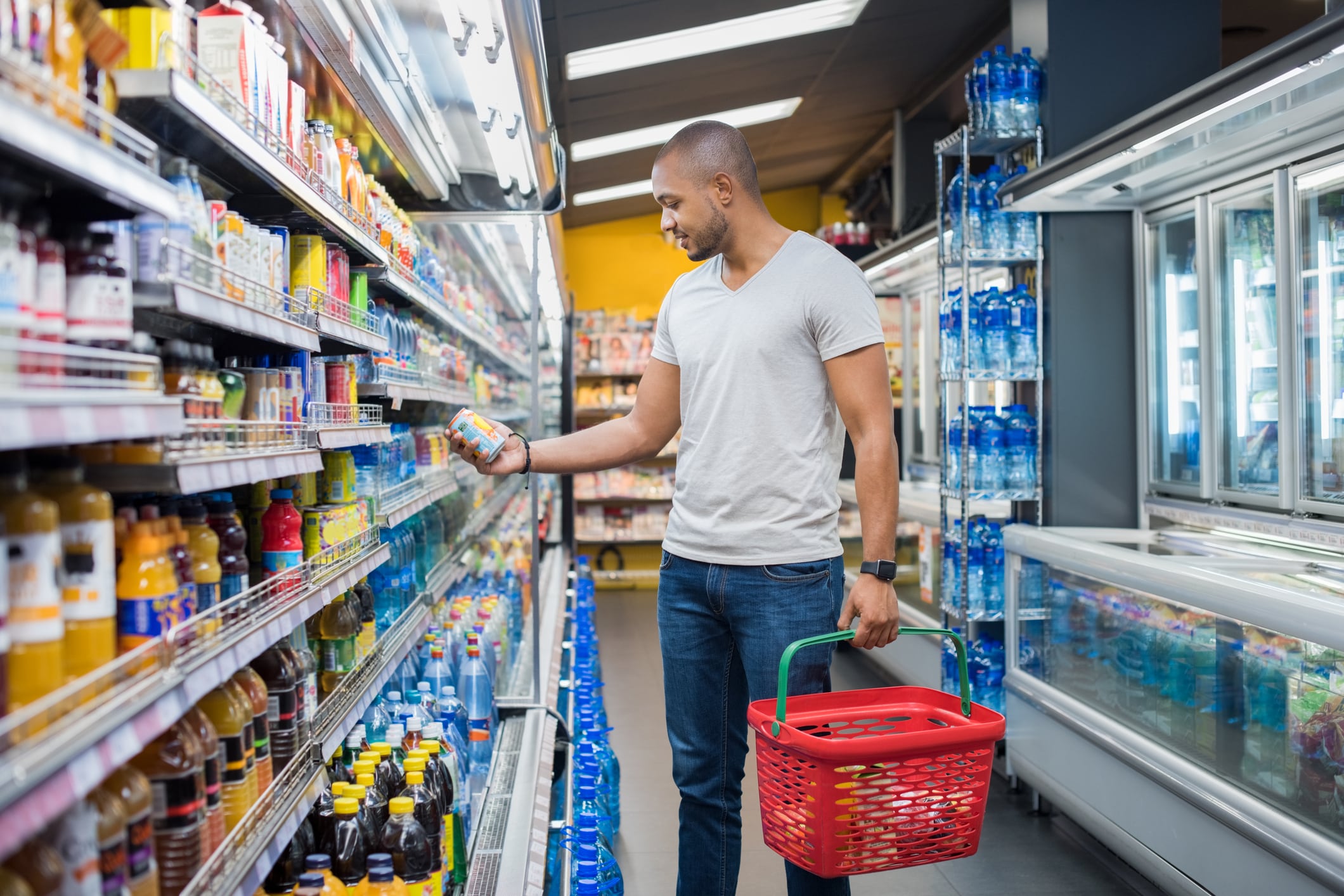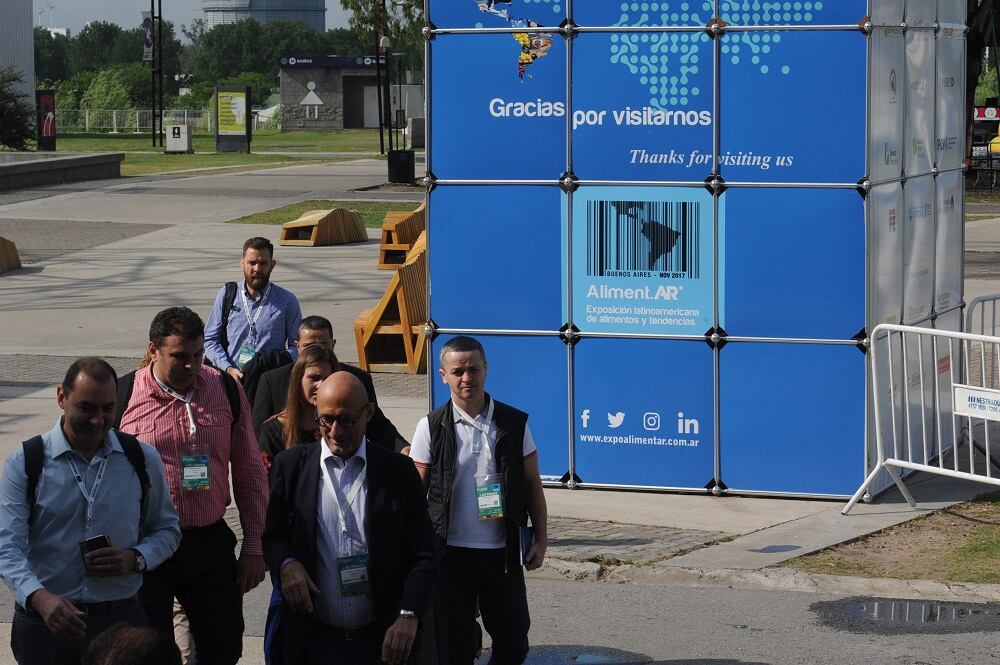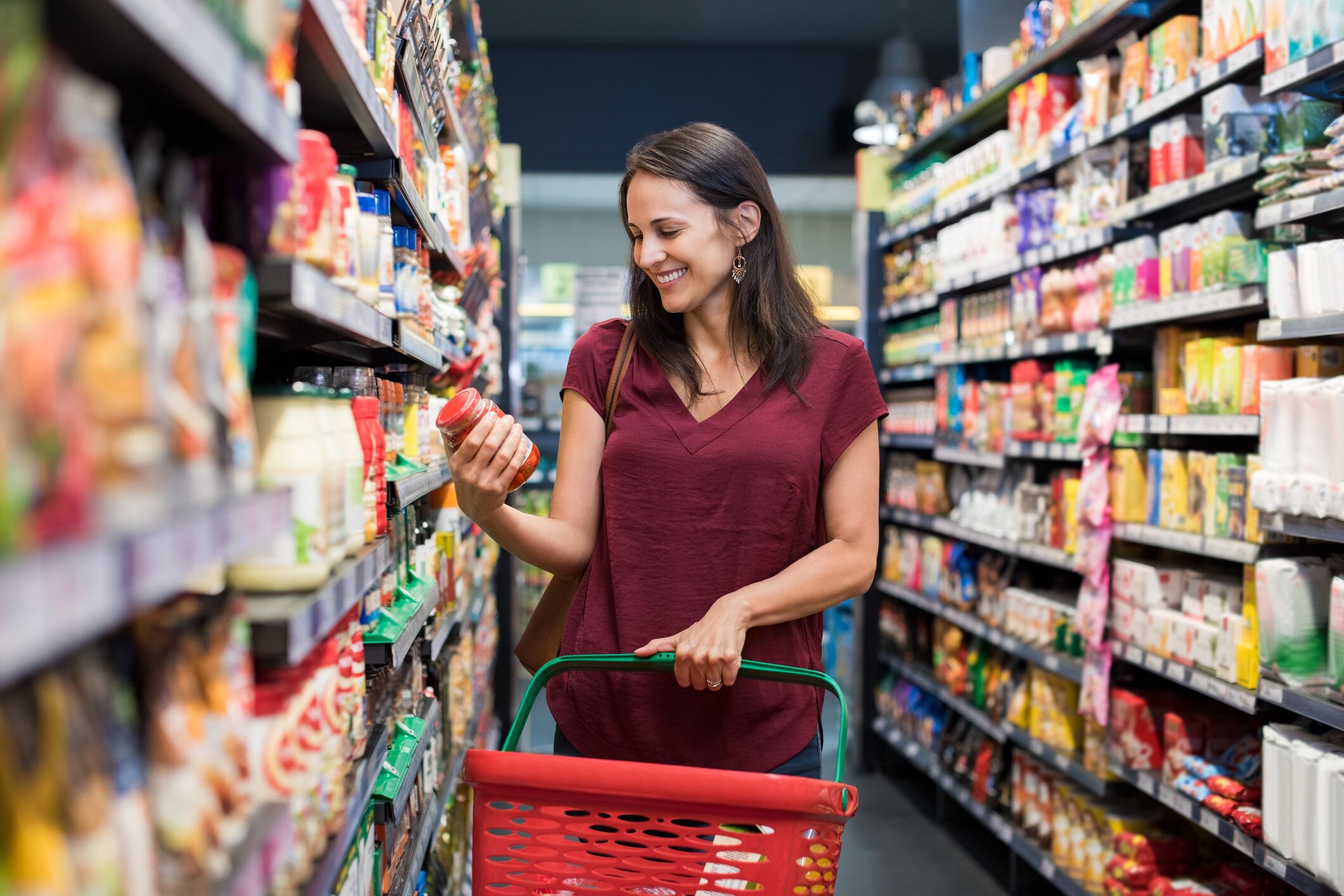Latin America's retail scene has been described as 'very competitive' and is renowned for needing an upscale twist, underpinned by wealthy ideals very different to those found in the US or Europe.
Mexico, Brazil, Colombia and Argentina are key retail markets with a mix of powerful local players like Falabella and Liverpool but also some successful international majors like Walmart and Carrefour. Just earlier this month, Carrefour Brasil posted a 52.1% net income rise in Brazil and announced plans to roll out ten additional hypermarket Atacadão stores later this year, for example.
But, Jorge Lizan, director of Lizan Retail Advisors, said at a time of heated competition, retail chains had to start thinking beyond the major Latin American cities.
“The biggest opportunities are outside the major metropolitan areas, in the city's suburbs and in cities of less than 250,000 inhabitants,” Lizan told FoodNavigator-LATAM. “These areas are not yet served by modern retail, but a good part of the population live there.”
Maria Pia, director at credit rating agency Fitch Ratings, agreed: “I think there are two major opportunities in the region: increase store penetration by opening new stores in less populated cities, with adapted or small store formats, and to follow the omni-channel trend.”
Pia said beyond bricks and mortar expansion, online would slowly start to present more promise for retailers in Latin America, providing connectivity development could keep up.
Rogelio Gonzalez, also director at Fitch Ratings, said it was important to appreciate that, currently, the majority of food and beverage in Latin America was purchased through traditional channels – the 'mom and pop' stores – then wholesalers and lastly supermarkets.
“Having said this, I consider that a higher penetration of the retail channel outside major cities, or through online sales, should benefit food and beverage firms as their products will be available to more consumers as well as reducing their distribution expenses,” Gonzalez said.
Lizan said: “Retailers are rolling out their networks in major metropolitan areas and developers have rarely opened centers in smaller towns, but opportunities are getting scarce in big cities; they will eventually arrive in smaller ones in the future.”
Considering the 'mega-trends'
Euromonitor International recently outlined three key mega-trends that were important in the Latin American retail landscape: shopping reinvented, health living and middle-class retreat.
It said retailers and brands had to develop omni-channel strategies to engage with increasingly connected consumers; tap into broader lifestyle concerns beyond just diet; and appreciate that many middle-class households now had constrained budgets.
The market research firm said retail in Latin America would change in the coming five years, particularly in terms of consumer behavior, and so understanding and adapting to these mega-trends would be vital for success.



